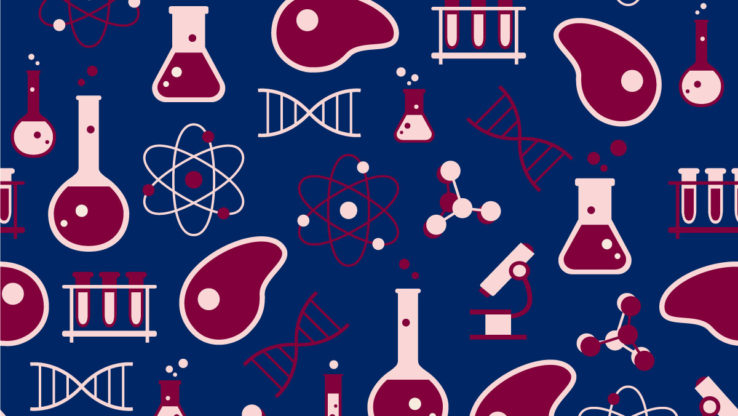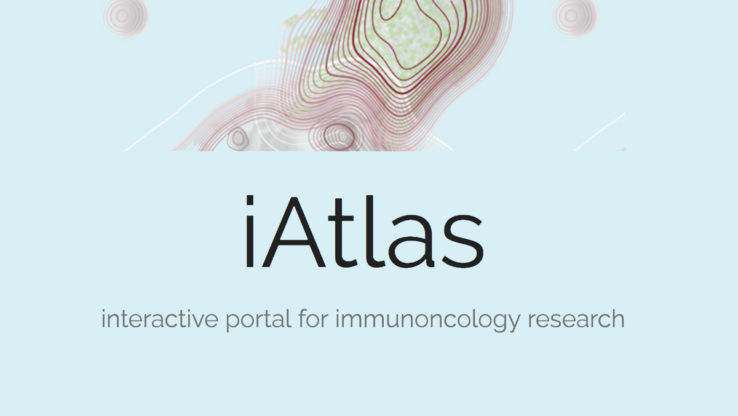The Cancer Genome Atlas research network has launched the Pan-Cancer project to analyze multiple tumor types together to find common events across different tumors. The availability of large cohorts and multiple different types of data at the DNA, RNA, and protein levels has made the Pan-Cancer project possible.
Researchers at ISB are developing methods and interactive tools to map genomic aberrations to tissue-level tumor phenotypes collectively called hallmarks of cancer. Dr. Ilya Shmulevich, faculty member at Institute for Systems Biology, co-wrote a statement paper that was just published online (Sept. 26) in Nature Genetics and will appear in the October print edition.
Despite obvious uniqueness of each tumor type at the molecular level, researchers are finding common large-scale processes that might be involved in multiple different tumors. For example, the BRCA1-BRCA2 pathway is found to be inactivated in both serous ovarian and basal-like breast cancers. Conversely, there are also cases in which the same genetic aberrations have very different effects in different tumor types. For example, the NOTCH family of genes is inactivated in some cancers but activated in others. Hypotheses that emerge from such cross-tumor analyses will be tested against high-quality clinical outcomes followed by experimental validations and clinical trials.
Studying such commonalities and differences across tumor types is important for developing a comprehensive perspective across tumors. With an improved understanding of the processes commonly involved in multiple cancer types, researchers hope to extend therapies effective in one cancer type to others. Relatively rare cancers, such as childhood malignancies in particular, are expected to benefit from such an approach.



 isbscience.org/research/pan-cancer-project/
isbscience.org/research/pan-cancer-project/









